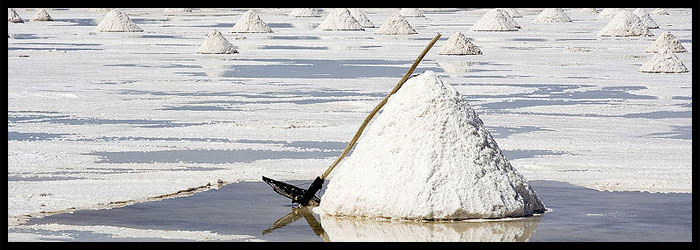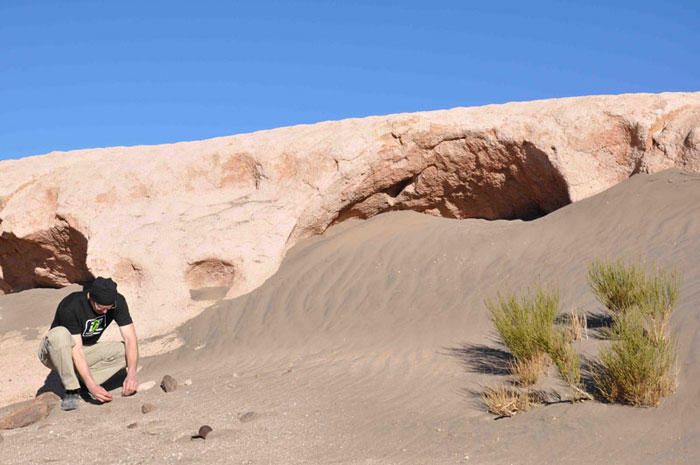
LIFE ON THE SALAR

Date
Entire expedition
Purpose
Establish if there is life on the Salar
Discussion
It has been demonstrated that high salt concentration in soil can obstruct seed germination and impede the absorption of water and nutrients by plants. If so then the high salt content of the Salar de Uyuni may be toxic to plant life. To establish if the Salar can support life, salt/soil samples will be analyzed for DNA and RNA. Given that all known life forms contain DNA or RNA, finding these molecules in soil/salt samples will indicate that life can be supported in the Salar. This will demonstrate the remarkable capacity of life forms to adapt to a broad range of environmentally harsh conditions.
Method
Expedition members will collect samples of salt/soil at different locations along the running route. The location will be recorded by noting the longitude and latitude of each sample site. Samples will be returned to a laboratory in Vancouver, where they will be assessed for the presence of molecules indicative of life such as DNA and RNA.
Experiment Report & Results
Environmental extremes present a challenge for humans to live in and be comfortable, so when humans have gone exploring in extreme environments, we often went into those locations not expecting to find life. However, even though humans may have difficulty adapting to such extreme environments, small single celled organisms have adapted. In fact, in just about all locations on this planet that humans would call in hospitable, such as the bottom of the ocean, in high alpine lakes, at volcanic vents, and in deserts, wherever we have looked for life on this planet we have found it. So, on this expedition, we asked, could life be sustainable in the extreme environment of the salts on the Salar de Uyuni? On May 15, I used two small glass vials to collect samples on the Salar at this location: S 20 degrees, 25.227 minutes; W 0.67 degrees, 13.45 minutes; elevation 3671 m. I will also be taking soils samples adjacent to the Salar where Quinoa is grow and harvested to learn what bacteria can be found in those samples. The samples will be taken back to Simon Fraser University where a laboratory experiment will be performed to verify if DNA from bacteria can be detected in the samples collected. Stay tuned for the results.








